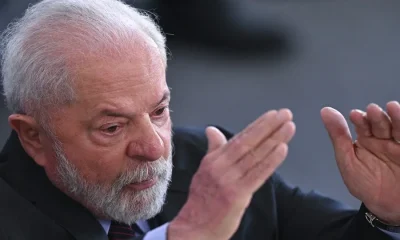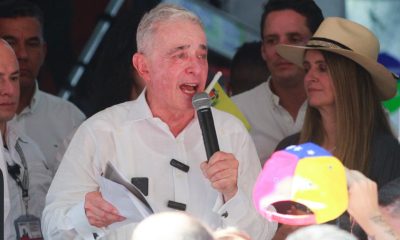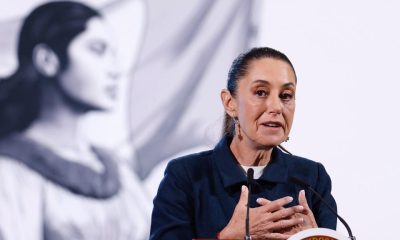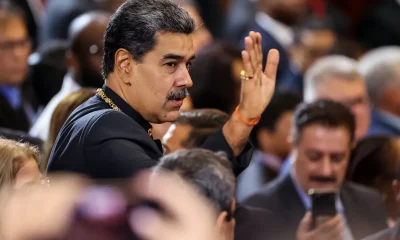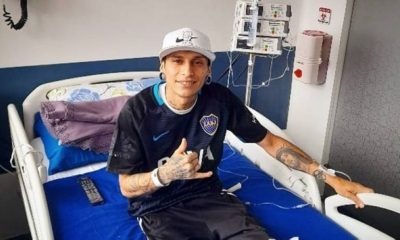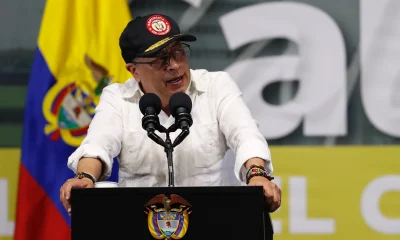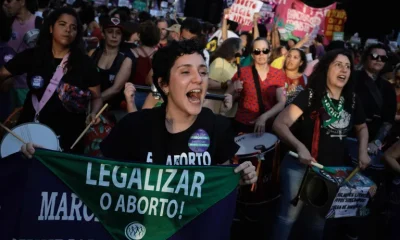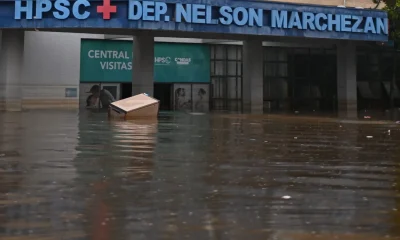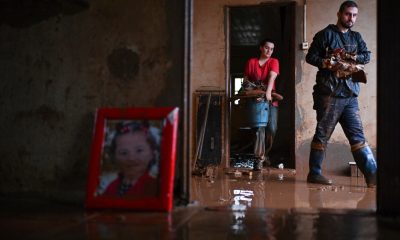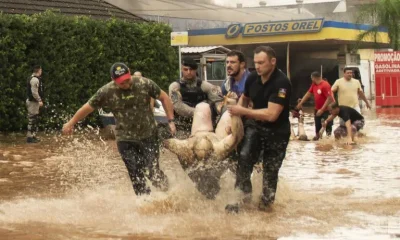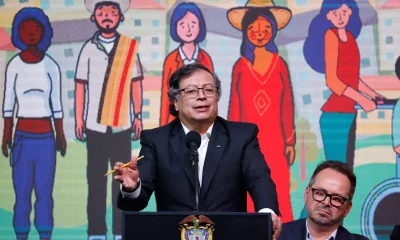International
Indigenous film bringing cross-border Amazon tribes together
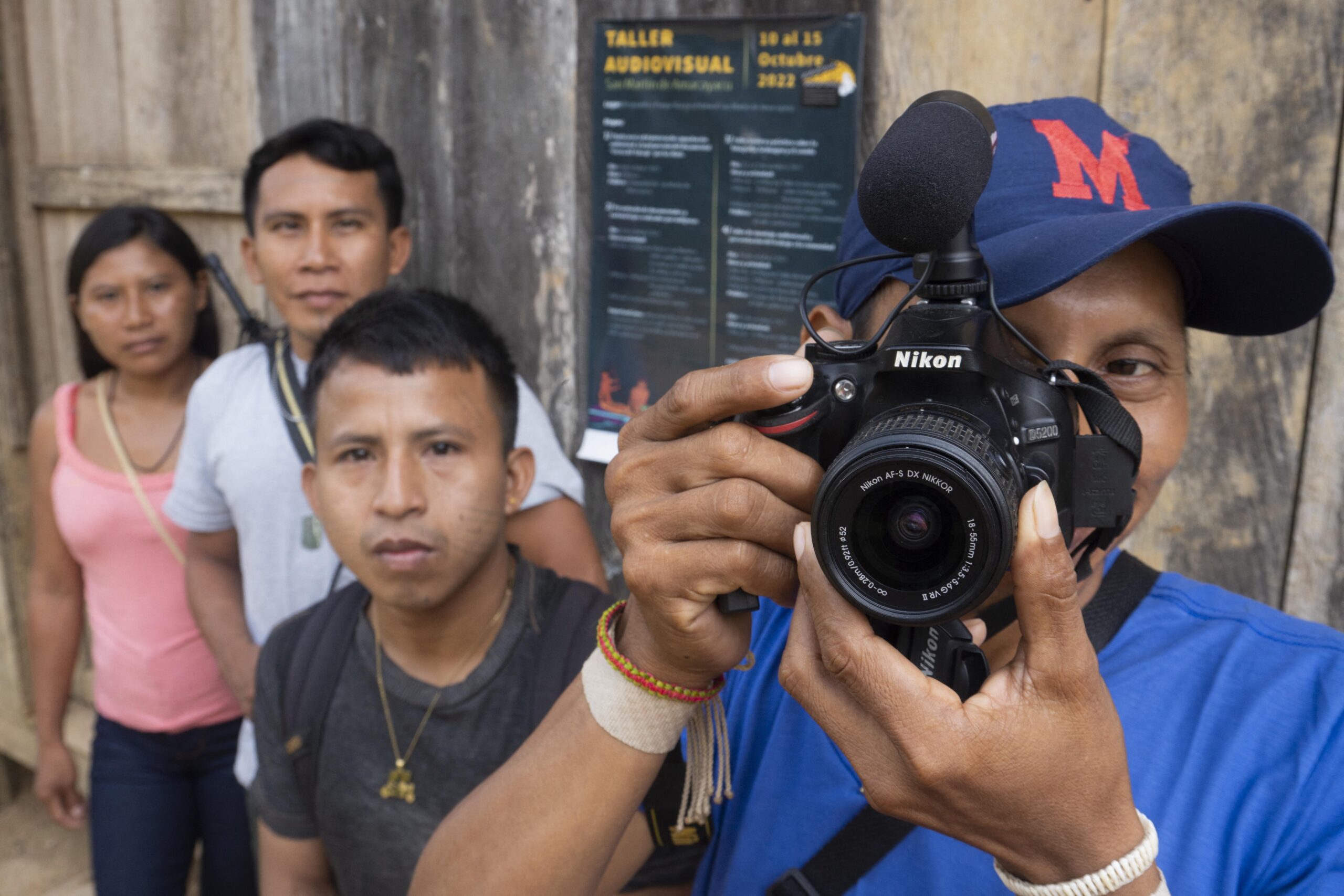
| By AFP | Lina Vanegas |
In Colombia’s Amazon jungle, indigenous people of different nations, ethnicities and languages have come together to find a single voice in cinema to tell their own stories, rather than let outsiders do it.
One recent week, in the community of San Martin de Amacayacu in southern Colombia the local Tikuna tribe was joined for the first time by the Matis people of Brazil for a crash course on film.
“We didn’t know how to operate a camera so what they are doing is showing their experience, offering knowledge and perseverance,” Lizeth Reina, a 24-year-old Tikuna, told AFP.
The Matis, a tribe only contacted in 1976, acquired two video cameras in 2015 and were taught how to film by the Brazilian Center for Indigenist Labor (CTI) and the National Indian Foundation.
Last month, they made a seven-day journey along fast-moving rivers and almost impenetrable jungle paths to share their knowledge with this Colombian community of some 700 people.
As the boot camp got under way, a Matis with a distinctive facial tattoo, gave instructions on how to focus a video camera.
Around 10 Matis, known as “cat men” for the feline tattoos on their faces, had arrived from their home region in the Yavari valley — an area larger than Austria and rife with drug trafficking and illegal mineral extraction, logging and fishing.
British journalist Dom Phillips and indigenist Bruno Pereira were murdered there in June.
The Yavari valley has the largest number of voluntarily isolated communities in the world.
“It’s not easy getting here, we suffered a bit, but it’s very emotional,” filmmaker Pixi Kata Matis, 29, said of the journey to San Martin.
‘Future memories’
Tikunas laughed as their guests grimaced while sipping masato, a fermented yucca-based drink passed around in a cup made from the hard rind calabash tree fruit.
Films were projected inside the maloca, a cultural, political, social and spiritual center.
Hundreds of dazzled spectators watched as images of hunts with blowguns, bows and arrows flashed before their eyes, as well as the tattoo festival that marks the coming of age of young Matis.
“We have to show other people and the whites that we have our own identity,” said Kata Matis.
The films “can help keep memories for the future … so we don’t forget our traditions,” added Yina Moran, 17.
Placed in mixed groups, the Tikunas proposed three short films on seeds, medicinal plants and masato, with the help of Matis, the CTI and the French association ForestEver.
“The cameras blended into the landscape and families were more willing to share and communicate,” said ForestEver coordinator Claire Davigo.
‘Exotic reports’
San Martin de Amacayacu, surrounded by a lush natural park, is made up of wooden houses, some with colorful painted walls, that are home to several generations of the same family.
Apprentices and their mentors spent the day conducting interviews and filming daily life.
“The communication was wonderful because although we hardly speak Portuguese, we understood each other through our cultures,” said Moran.
In the afternoon, locals made their way down to the river to wash clothes or bathe. At night, generators were fired up to provide four hours of electricity. After that, the noise stopped to make way for jungle sounds.
A decade after they were first contacted, the Matis were already the “stars of exotic reports” by US, Japanese, French and British journalists, according to the CTI.
Foreigners were captivated by their body art and accessories: ears pierced with huge ornaments, fine rods passing through noses and lips, face tattoos and bodies draped in jewelry.
But Kata Matis complained that “many people wanted to go to the village … filming without our authorization, without our understanding, and then they took the material” without sharing it.
To prevent a repeat, the Matis began writing their own history in 2017.
Living ‘with two worlds’
Since arriving in San Martin, Dame Betxun Matis, 27, has not put down his camera.
He took part in producing the “Matis tattoo festival” documentary that won the jury prize at the Kurumin indigenous cinema festival in 2021.
The film demonstrates the tradition of marking the face, a practice abandoned by young people who faced discrimination in cities.
Kata Matis convinced the community to resume the tradition and filmed as some 90 young people underwent the ritual.
On the Matis’ last night in San Martin, hundreds of locals crammed the maloca to watch the Tikunas’ short films.
After much laughter, applause and shared masato, Kata Matis reflected on the place of indigenous people in modern nation states.
“We don’t live between two worlds, we live with two worlds,” he said.
International
Floods in Central Vietnam leave 28 dead, thousands displaced
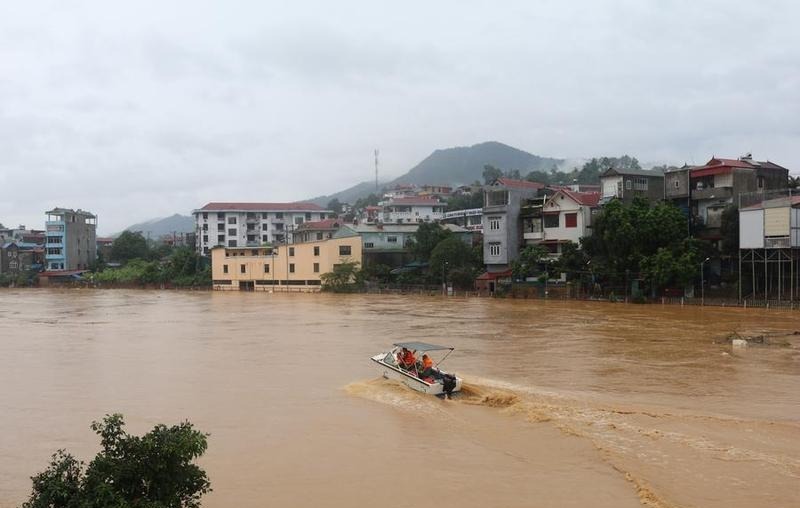
The death toll from heavy rains and flooding in central Vietnam has risen to 28, with six people reported missing and 43 injured, local newspaper VnExpress reported Friday night.
More than 22,100 homes remain flooded, primarily in the cities of Hue and Da Nang. Floods and landslides have destroyed or swept away 91 houses and damaged another 181, the report added.
Around 245,000 households are still without electricity, particularly in Da Nang, where over 225,000 homes are affected.
Additionally, 80 stretches of national highways are blocked or disrupted due to landslides. Authorities expect the flooding to continue for another day or two in the region.
International
FBI foils ISIS-Inspired attack in Michigan, arrests five teens

Kash Patel did not provide further details, but police sources told CBS News that the potential attack was “inspired” by the Islamic State (ISIS).
“This morning, the FBI thwarted a potential terrorist attack and arrested several individuals in Michigan who were allegedly planning a violent attack during the Halloween weekend,” Patel wrote on X.
“Thanks to swift action and close coordination with our local partners, a possible terrorist act was prevented before it could be carried out,” he added.
CBS reported that five people between the ages of 16 and 20 were arrested on Friday. At least one of them was reportedly acquainted with a former member of the Michigan National Guard, who was arrested in May for plotting an ISIS-inspired attack on a U.S. military facility in the Detroit suburbs.
International
U.S. warns China over Taiwan during high-level defense talks in Kuala Lumpur

U.S. Secretary of Defense Pete Hegseth expressed concerns over China’s growing military activity near Taiwan during a meeting on Friday with Chinese Defense Minister Dong Jun in Kuala Lumpur.
“It was a constructive and positive meeting,” Hegseth wrote on X. “I emphasized the importance of maintaining a balance of power in the Indo-Pacific and raised U.S. concerns about China’s actions around Taiwan,” the self-governed island that Beijing claims and does not rule out invading.
The meeting took place on the sidelines of the ASEAN Defense Ministers Meeting-Plus, one day after U.S. President Donald Trump met Chinese President Xi Jinping in Busan, South Korea. According to Trump, Taiwan was not discussed during their talks.
“The United States does not seek conflict and will continue to firmly defend its interests, ensuring it maintains the capability to do so in the region,” Hegseth added in his message.
Friday’s encounter followed a September 9 video call between Hegseth and Dong. Their previously planned meeting at the Shangri-La Dialogue in Singapore was canceled due to Dong’s absence from the event.
Trump’s sit-down with Xi — their first since 2019 — resulted in some trade agreements but avoided addressing the issue of Taiwan, a long-standing source of tension between the world’s two largest powers.
Trump has taken a more ambiguous stance on Taiwan’s future compared with former President Joe Biden, who repeatedly stated that Washington would support Taipei if China launched an invasion. The Republican president has also criticized Taiwan for “stealing” the U.S. semiconductor industry.
-

 International5 days ago
International5 days agoJamaica faces widespread destruction as hurricane Melissa hits the island
-
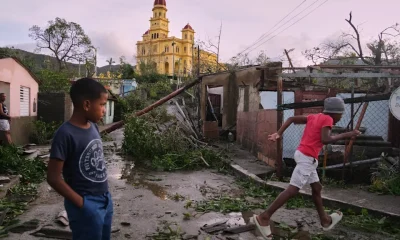
 International2 days ago
International2 days agoHurricane Melissa kills over 30, leaves thousands displaced in the Caribbean
-

 International4 days ago
International4 days agoMelissa leaves path of destruction in Caribbean, 735,000 evacuated in Cuba
-
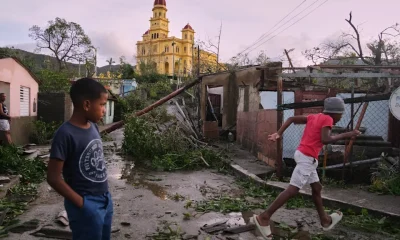
 International3 days ago
International3 days agoHurricane Melissa leaves Jamaican residents homeless as recovery efforts begin
-

 International2 days ago
International2 days agoU.S. considering airstrikes on military sites in Venezuela, reports say
-

 Central America5 days ago
Central America5 days agoNew dismembered bodies found in San Juan river days after mass killing in Palencia
-

 Central America5 days ago
Central America5 days agoFour guatemalan soldiers arrested for stealing weapons from Northern Air Command
-

 Central America5 days ago
Central America5 days agoArévalo accuses Porras and judge of undermining democracy in Guatemala
-

 International4 days ago
International4 days agoArgentina’s Milei opens dialogue with parties to push “Second-Generation Reforms”
-
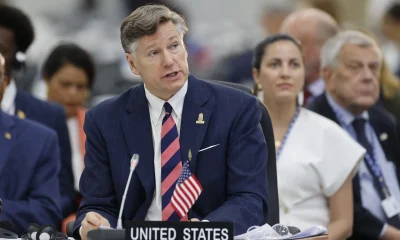
 International3 days ago
International3 days agoUS Deputy Secretary criticizes Mexico’s call to end Cuba trade embargo at UN
-

 International3 days ago
International3 days agoTrump orders immediate U.S. nuclear testing, ending 30-year moratorium
-

 International3 days ago
International3 days agoVenezuela warns citizens who call for invasion risk losing nationality
-

 International1 day ago
International1 day agoFloods in Central Vietnam leave 28 dead, thousands displaced
-

 International3 days ago
International3 days agoBrazilian president defends coordinated anti-drug operations after deadly Rio raid
-

 International3 days ago
International3 days agoMexico advances continental shelf claims at UN Commission in New York
-

 International2 days ago
International2 days agoTrump sets historic low refugee cap at 7,500, prioritizes white South Africans
-

 International2 days ago
International2 days agoUNICEF: Over 700,000 children affected by Hurricane Melissa in the Caribbean
-

 International2 days ago
International2 days agoU.S. warns China over Taiwan during high-level defense talks in Kuala Lumpur
-

 International1 day ago
International1 day agoFBI foils ISIS-Inspired attack in Michigan, arrests five teens
-

 International3 days ago
International3 days agoSimeón Pérez Marroquín, ‘El Viejo,’ detained for role in Miguel Uribe Turbay assassination plot
-

 International2 days ago
International2 days agoPope Leo XIV revives Global Compact on Education to confront cultural crisis





























